Commercial restaurant flooring options
Restaurants are part of a fast-paced and demanding industry that demands a lot from its floors. From front-of-house spaces like dining areas and bars to back-of-house breakrooms and storage rooms, performance requirements vary. However, the restaurant flooring selections must work together to complement each other and other interior finishes and décor, and to support the style and brand of your restaurant.
Flooring Options:
1: Tiles:
Tiles are extremely durable in nature. Also, they are inflammable, be it for residential use or commercial use. These tiles are very versatile and come in a variety of patterns, colors and textures. This makes them a very popular choice for restaurant owners. Not just that, these floorings can be installed on floors as well as walls. But the residential grade tile differs from the commercial grade tile on one aspect, that is, slip resistance. While the commercial grade tile is slip resistant, the residential tile is not so much. Also, installing tiles is a very lengthy and tedious process. It takes a lot of time and should be done carefully otherwise the tiles can break.
2: Carpets:
Another option available is commercial carpet flooring. A lot of people also use outdoor carpets instead of the commercial carpet floors, as long as it is grade II or above for restaurant use. It is durable and slips resistant. A lot of people also consider using carpet tiles simply because they are easy to install and remove in case the floor is stained or torn.
3: Laminate:
Laminate flooring is also a popular flooring option among restaurant and bar owners. Laminate flooring is not just durable, but it is also scratch resistant and slip resistant. It is very easy to maintain this flooring as even two days old stain marks can be removed using a wet mob on these floors. Considering restaurants are prone to such stains, this flooring is desirable. Also, because laminate flooring comes in various textures and colors, it gives a warm feel to your restaurant and even makes it look richer.
4: Resilient:
Resilient flooring includes vinyl, linoleum, rubber and cork tile. The biggest advantage with this flooring option is the availability of a variety of patterns, textures, and colors. Also, because these are industrial grade floorings, they are durable and slip resistant, except cork flooring. In terms of cost, they are medium ranging, similar to laminate flooring.
All the flooring options have their pros and cons. It is important to determine your parameters and choose the flooring you think is perfect for your restaurant or bar.
Why important?
1. First Impressions
First-time customers entering a restaurant will make an immediate assessment of their surroundings—and what they see will establish expectations. At this point, the food served has nothing to do with their opinion. In fact, it is the other way around. The interior design of a restaurant, flooring included, will dictate how they approach the rest of the dining experience. If floors are dirty, damaged or worn, customers will expect a lower caliber of service and satisfaction.
Having beautiful, appropriate restaurant flooring will substantially help the chances of impressing first-time customers. Anything to make customers feel more like valued guests is ideal. Beyond first impressions, however, restaurant flooring should create lasting impressions.
2. Lasting Impressions
Aesthetically pleasing restaurant flooring (and other interior design elements) will make guests comfortable physically, but the décor should go further. Guests should develop an emotional attachment to space, and by extension, the restaurant’s brand.
The physical restaurant itself, above all visual representations, is part of its brand. Restaurant flooring should be on the brand in both substance and style. If your project is a comforting, homey, family-style restaurant perhaps a wood-inspired flooring is best. It is warm and inviting, and brown, among other colors, encourages comfort and appetite. If you’re working with a chic, modern club, on the other hand, warm and welcoming browns might not be your style. Instead, opt for more neutral and/or sophisticated colors like grey and blue. A stone or abstract pattern flooring may be best. Whatever choice you make, be sure the restaurant flooring choice matches the feel of the brand; the feelings a brand evokes are what attracts and comforts guests. However, guests are not the only people your client is concerned with.
3. Employee Comfort
Restaurant staff is not only there to serve food and drinks. The people who work at your client’s restaurant embody its character. They are the face of the brand. Providing a comfortable environment makes their job easier. And the easier their tasks, the more time they have to focus on serving guests. This means that restaurant flooring should not only look good, it needs to function well. As a synthetic material, luxury vinyl floors are resistant to moisture—a key benefit in an environment like a restaurant, where many liquids are present. As long as liquids are cleaned up in a reasonable amount of time, they will not damage the floor. Durable, non-slip, easily cleanable flooring reduce stress and workload, allowing employees to provide excellent service all the time.
Choosing the most suitable floor can add a lot of points to your restaurant to a certain extent, which is also a new marketing method. After all, unique and creative stores can attract more customers.
Related Articles
Search
Categories
Popular Posts

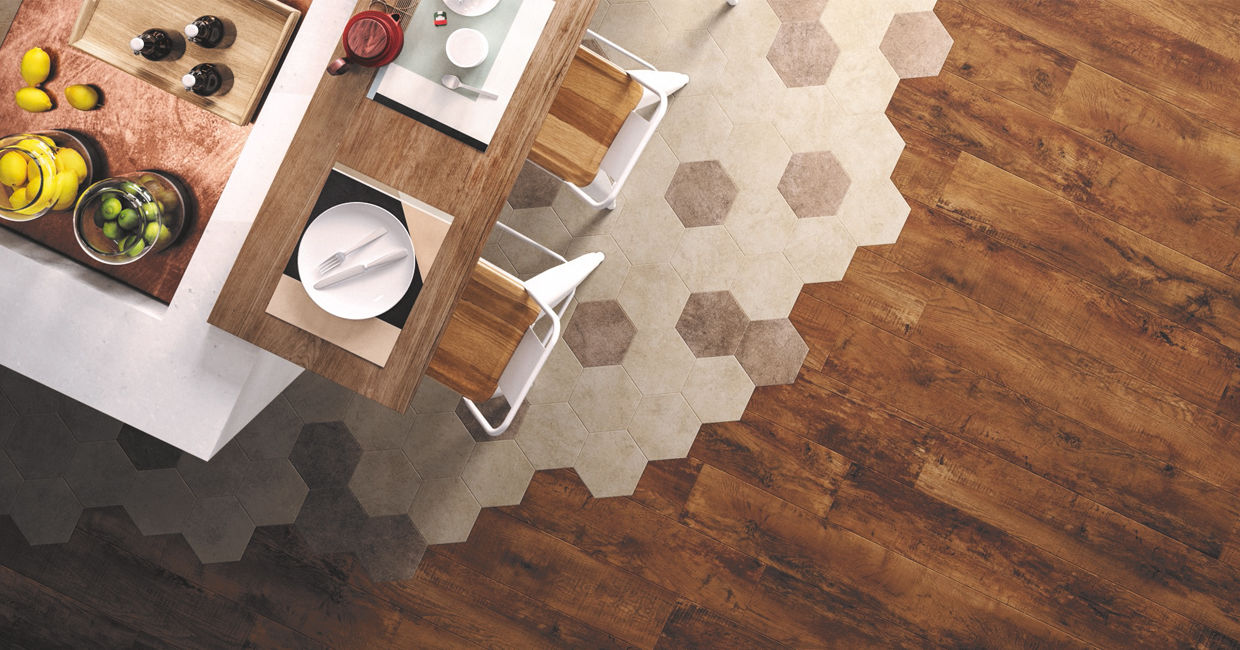
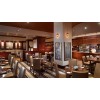
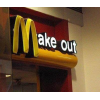
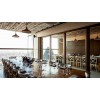
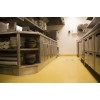


















Comments: 0
No comments